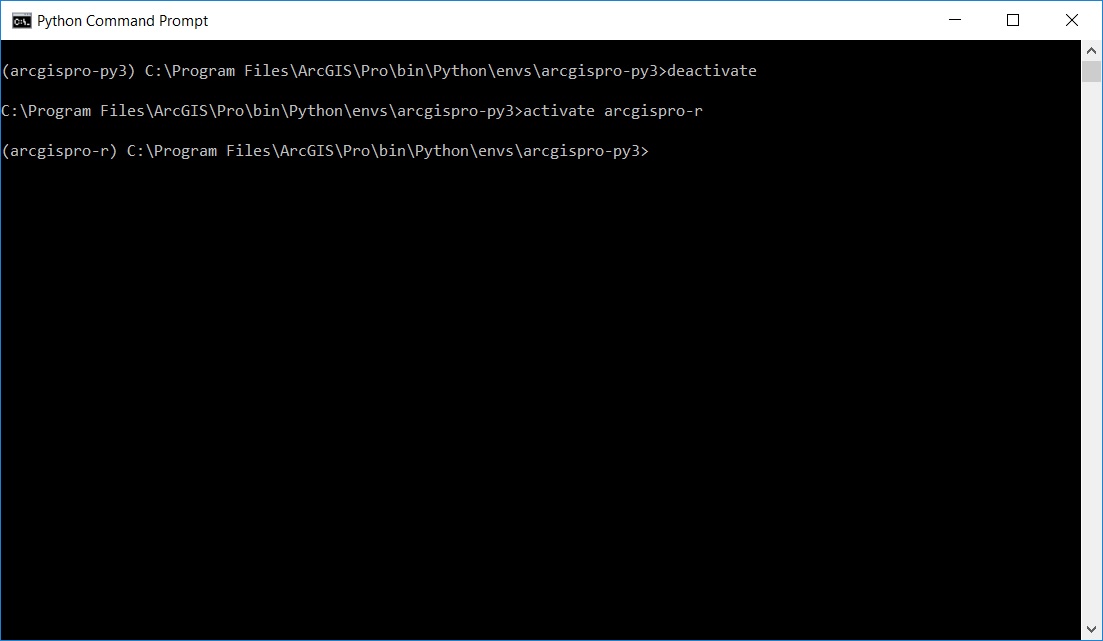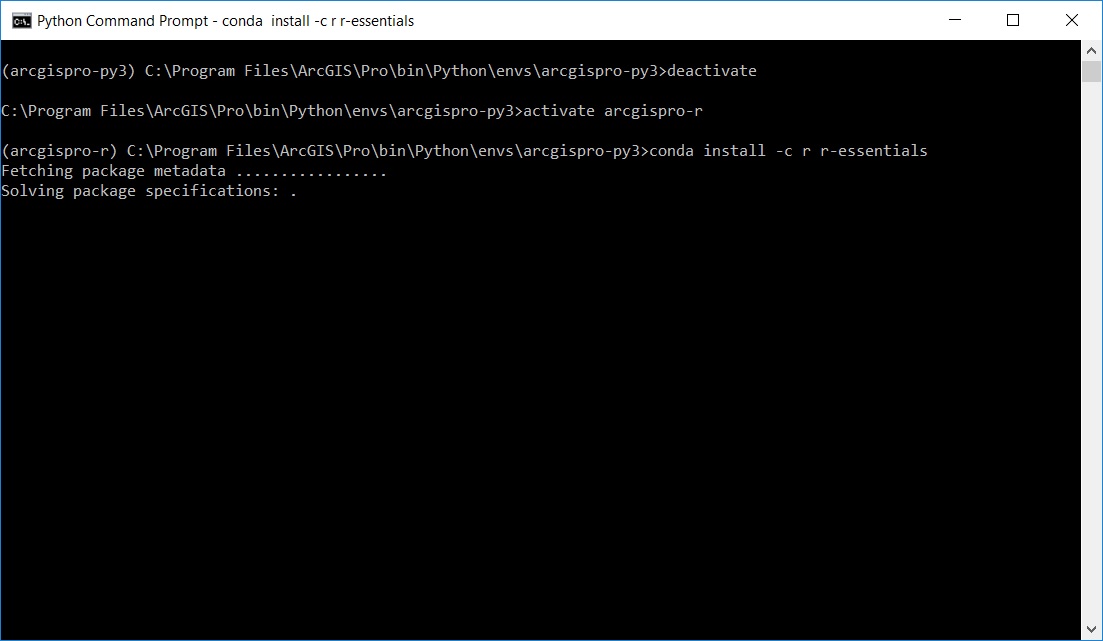Turn on suggestions
Auto-suggest helps you quickly narrow down your search results by suggesting possible matches as you type.
Cancel
Spatial Data Science Blog
Turn on suggestions
Auto-suggest helps you quickly narrow down your search results by suggesting possible matches as you type.
- Home
- :
- All Communities
- :
- Products
- :
- Spatial Data Science
- :
- Spatial Data Science Blog
Options
- Mark all as New
- Mark all as Read
- Float this item to the top
- Subscribe to This Board
- Bookmark
- Subscribe to RSS Feed
Subscribe to This Board
Other Boards in This Place
104
4.2M
431
Spatial Data Science Blog
113
16.8K
14
Spatial Data Science Documents
109
0
0
Spatial Data Science Videos
106
1.4K
2
Latest Activity
(14 Posts)
Esri Contributor
Monday
1
1
203
Esri Contributor
08-21-2024
01:13 PM
2
0
293
Esri Regular Contributor
09-16-2020
06:00 AM
0
0
744
Esri Contributor
02-20-2018
11:23 AM
5
1
4,759
Esri Contributor
12-14-2017
08:36 AM
0
0
1,014
113 Subscribers
Popular Articles
Data Storytelling: Using Python Notebooks in Story Maps
GregoryBrunner
Esri Contributor
6 Kudos
1 Comments
Using the R-ArcGIS Bridge in Jupyter
GregoryBrunner
Esri Contributor
5 Kudos
1 Comments
Creating and Displaying Webmaps in Jupyter
GregoryBrunner
Esri Contributor
3 Kudos
0 Comments








